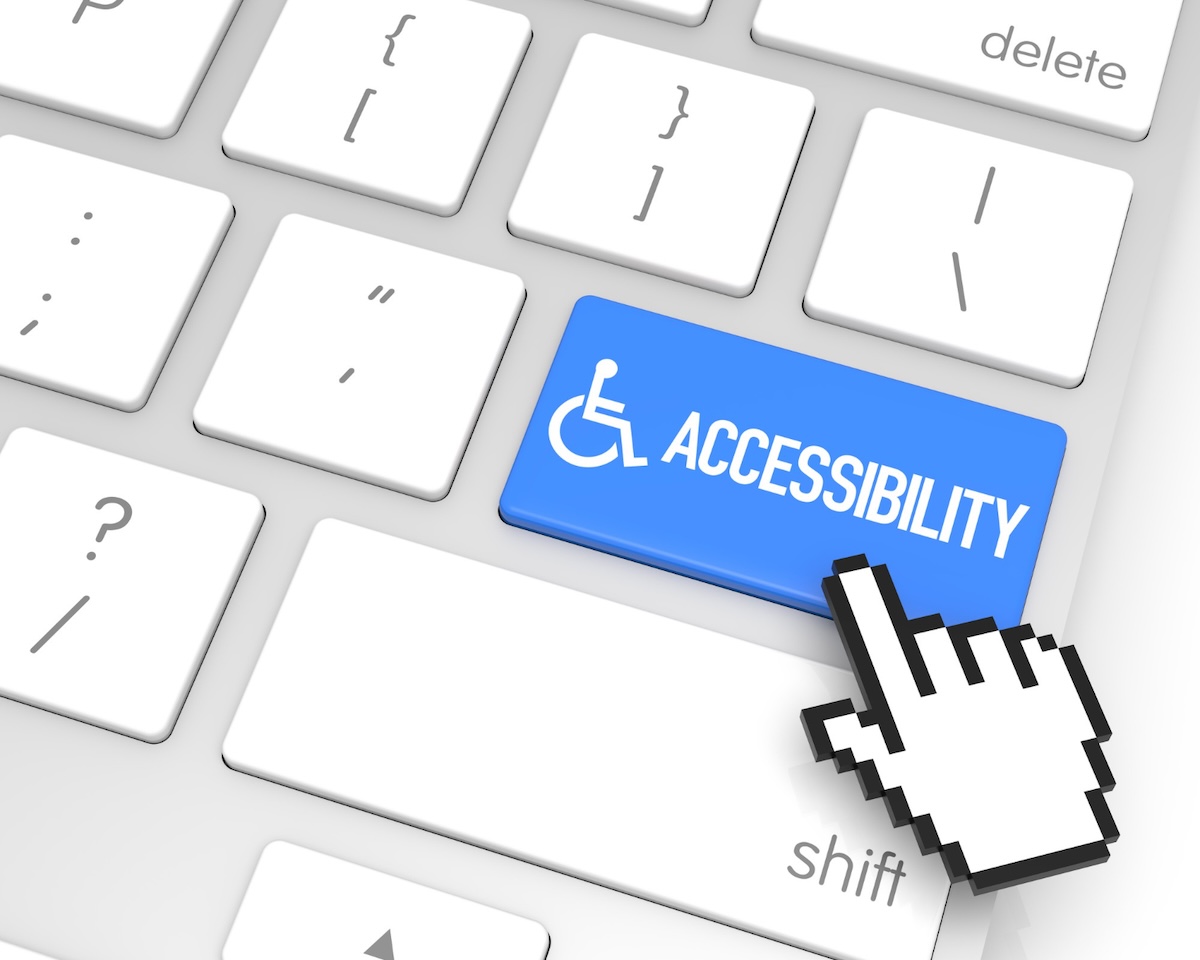
From 28 June 2025, the European Accessibility Act (Directive (EU) 2019/882) (the EAΑ) will enter into force across the European Union through the national laws of the Member States. The EΑA will harmonise for the first time accessibility requirements for many widely used digital consumer products and services.
E-commerce and the EΑA
The EΑΑ applies to all retailers and service providers selling goods and services to consumers within the EU.
The products and services covered by the EΑΑ are those that are considered critical for people with disabilities and at the same time are likely to have divergent accessibility requirements between Member States. ‘E-commerce services’ are one such service. The EAΑ applies to any provider offering e-commerce services to consumers in the EU, whether located within the EU or not, and regardless of whether the products or services it offers otherwise fall within the scope of the Act.
The concept of e-commerce services in the EIA broadly encompasses online sales of any product or service, covering not only retail businesses but also any organisation offering a product or service for sale online to a consumer in the EU. It includes not only the purchase completion stage, but all the steps leading to the completion of a transaction with the consumer.
Accessibility requirements for e-commerce services
The purpose of the EAΑ is to improve access to e-commerce and other covered services and products “which, through their original design or adaptations, meet the needs of persons with disabilities”. This is achieved by imposing functional accessibility requirements and setting general and specific requirements for e-commerce services.
The requirements include:
- Websites and applications to be perceivable, functional, understandable and durable.
- Where available, support services (such as help desks, call centres) should be used to provide information on the accessibility of the service and its compatibility with assistive technologies.
- Provide information on the accessibility of products and services sold (when available from the manufacturer or provider).
- Ensure that identification methods, electronic signatures and payment services are accessible.
These requirements are aligned with internationally recognised standards such as WCAG and EN 301 549. However, the EAΑ also adds new requirements, e.g. help desk support offline, and compliance is mandatory, so careful mapping of obligations in each Member State is required.
Obligations of retailers and service providers – Impact on platforms
From 28 June 2025, e-commerce service providers are required to:
- Design and provide their services in accordance with accessibility requirements.
- They shall design and develop their services and provide their services in accordance with the accessibility requirements of the Directive.
- Ensure procedures for ongoing compliance, taking into account possible changes.
- Cooperate with national supervisory authorities.
Platforms facilitating transactions between traders and consumers must also ensure that the platform itself complies with the requirements of the EAA.
Harmonised standards and presumption of conformity
The fact that e-commerce operates across borders poses challenges, as businesses have to comply with the laws of 27 different Member States. However, there is the possibility of a presumption of compliance if harmonised standards set by the European Standardisation Organisations and approved by the European Commission are followed.
Although a harmonised standard specific to EAA has not yet been published, a revised version of EN 301 549 and 5 other standards is expected in early 2025.
Opportunities for the e-commerce sector
From June 2025, they will enter into force:
- Control and sanctioning powers by national regulators.
- Consumer redress rights in case of non-compliance.
Beyond the legal obligation, there is also a business opportunity: according to Eurostat, 1 in 4 Europeans over 16 years old has a disability. Inaccessibility leads to lost transactions and revenue (in Germany, 75% of the most popular e-shops were not accessible; in Ireland, 72% of major brands had inaccessible websites, and in Greece over 70% websites are not accessible).
The European Commission points out that inclusive services can address this large, and often untapped, market and facilitate cross-border trade.
6 months before implementation: The next steps
With only 6 months to go, all e-commerce businesses need to:
1. Assess which aspects of their activities fall under the EIA.
2. Identify the Member States in which they operate and any additional local requirements.
3. Carry out a gap analysis to identify accessibility gaps.
4. Design a compliance plan.
5. Update policies and procedures, and train staff (UX, support, design).
6. Review contracts with vendors to ensure that responsibility is properly allocated.
7. Publish required accessibility statements and documents.
8. Monitor developments from regulatory authorities on an ongoing basis.











